The MB Crusher’s Greatest Hits
All you need to know about the uncommon applications of MB Crusher attachments
When it comes to heavy machinery attachments, you might picture the usual suspects: construction, demolition and roadworks.
But what if we told you that the MB Crusher attachments can do pretty much anything? When we say they’re versatile we really mean it!
The MB Crusher Screening Bucket for loaders: Rock ‘n’ Roll Recycling
Most people think of battery recycling as a tedious task involving tiny boxes and worrisome gloves. Not anymore!
Since 1996, this Belgian company has been rocking the recycling world, rescuing alkaline and salt batteries from Belgium and beyond. How? With the MB-LS170 Screening Bucket installed on a Manitou loader, they pull off a headlinerworthy act, separating battery dust from the good stuff like a DJ spinning vinyl. This new process keeps operators from inhaling unwanted battery dust and recycling an impressive 10,000 lb. to 12,000 lb. of batteries a day. Rock On!
The MB Crusher Sorting Grapple: from chaos to order
Let’s face it: recycling isn’t always glamorous. But with the MB Crusher Sorting Grapple, it’s a bit like having a personal assistant who never complains about the weird stuff you ask them to do. Whether it’s rearranging the plastic layers of glass of a car or organizing a yard full of old car parts, this Sorting Grapple does it all with a wink and a smile (figuratively speaking, of course)!
The Efficiency Anthem
“We’ve gone from processing 240,000 lb. of glass waste to 400,000 lb., an 80% increase, if you get what I mean...” This stellar performance speaks for itself, turning routine recycling into a chart-topping success. The dynamic duo of the MB Crusher Padding Bucket and JCB excavator orchestrated a symphony of productivity and precision. By fine-tuning the recycling process, it ensures every piece of glass is prepped to perfection, before entering the next stage.
Your all-purpose problem solver
Have you ever had to move a life-sized statue of a unicorn? How about a giant rubber duck? Or faced with a mountain of rubble that looks like the aftermath of a rock concert? Or simply move a double-parked van? MB Crusher attachments are ready to tackle anything you throw at them, turning daunting tasks into a breeze. It’s like having a superhero on speed dial—if superheroes were really into recycling, that is.





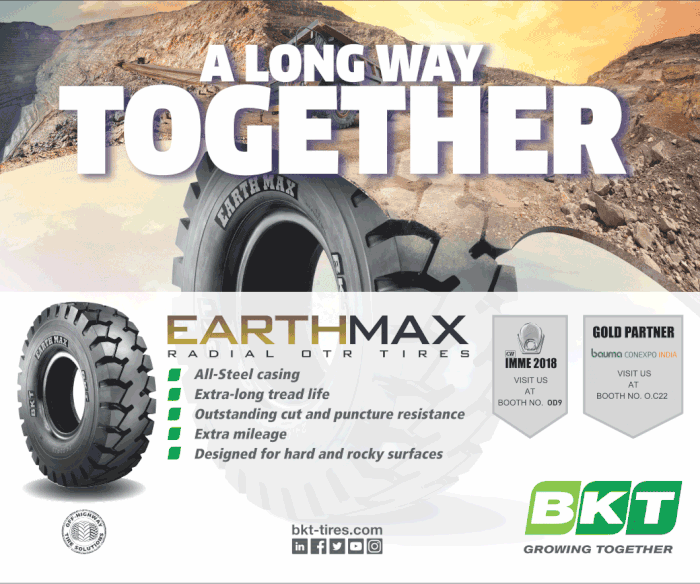
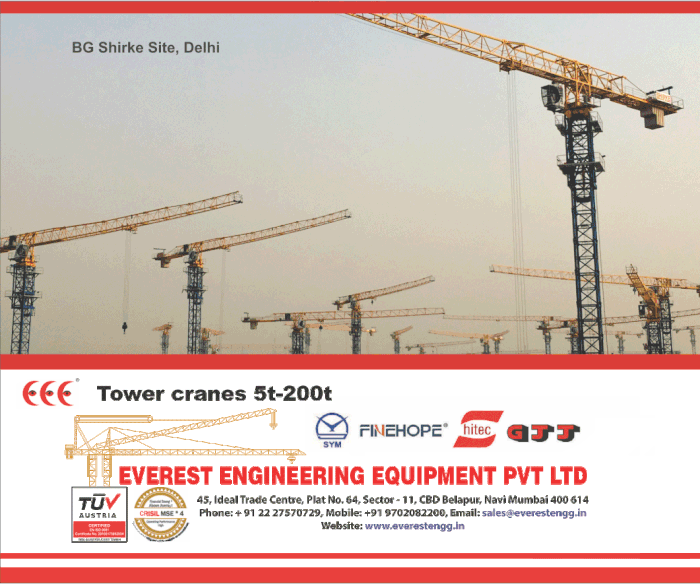

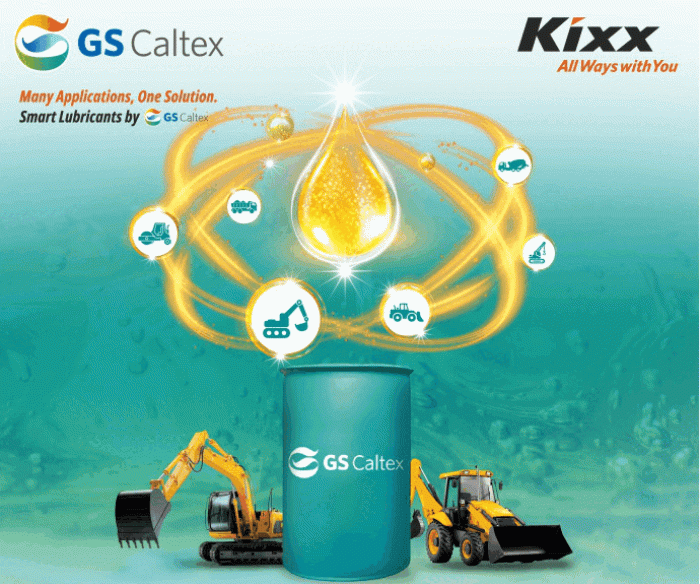
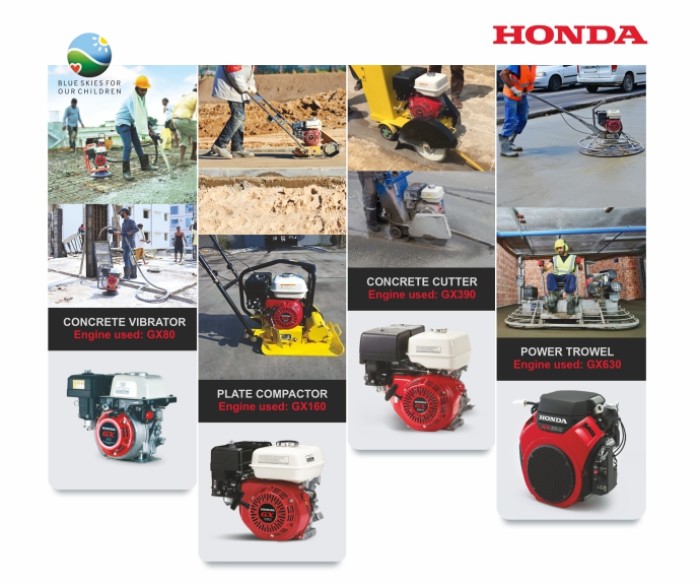
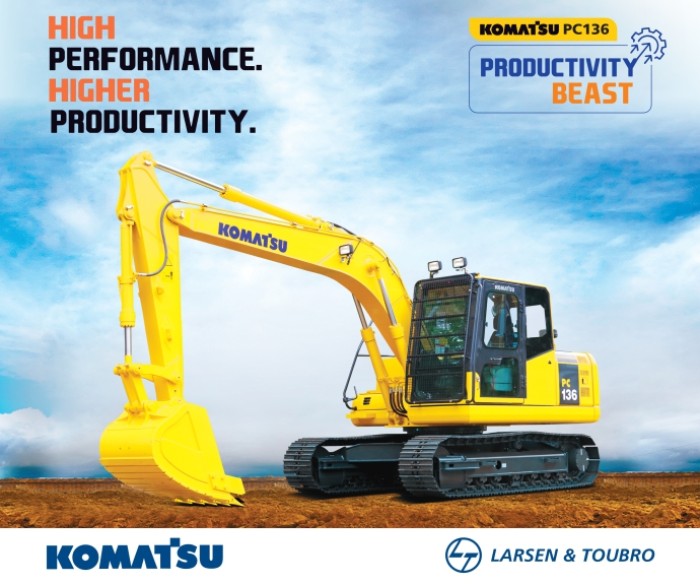
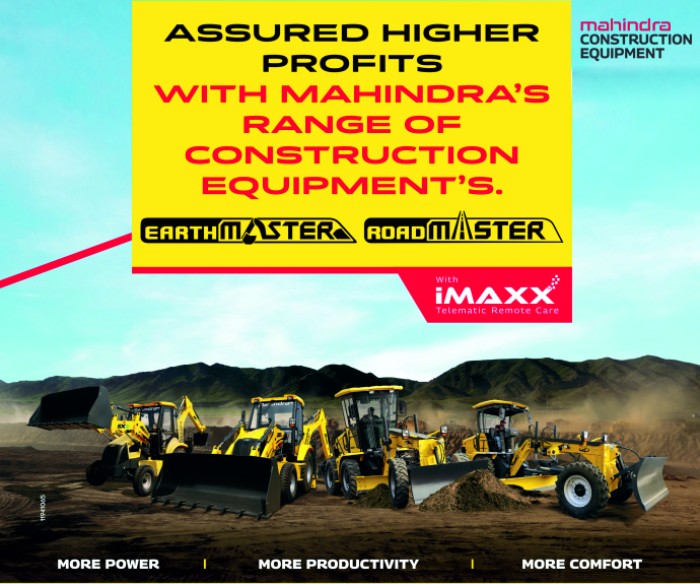
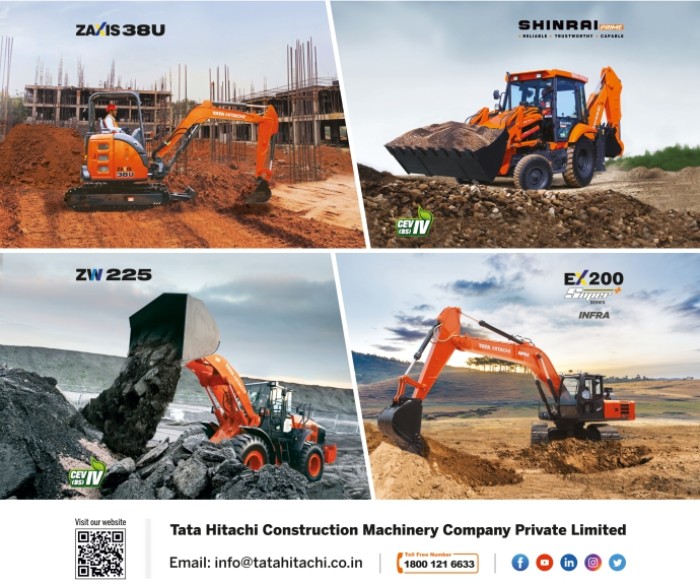



Leave a comment